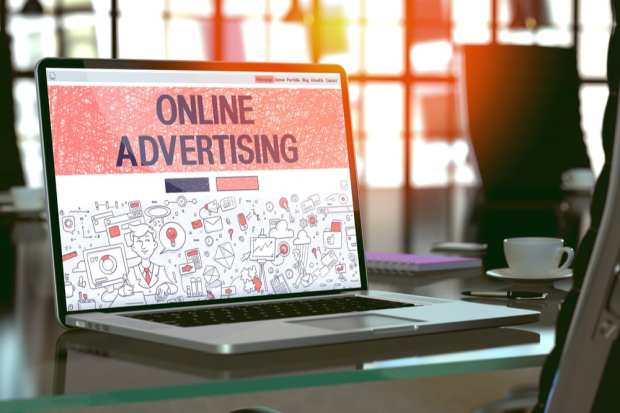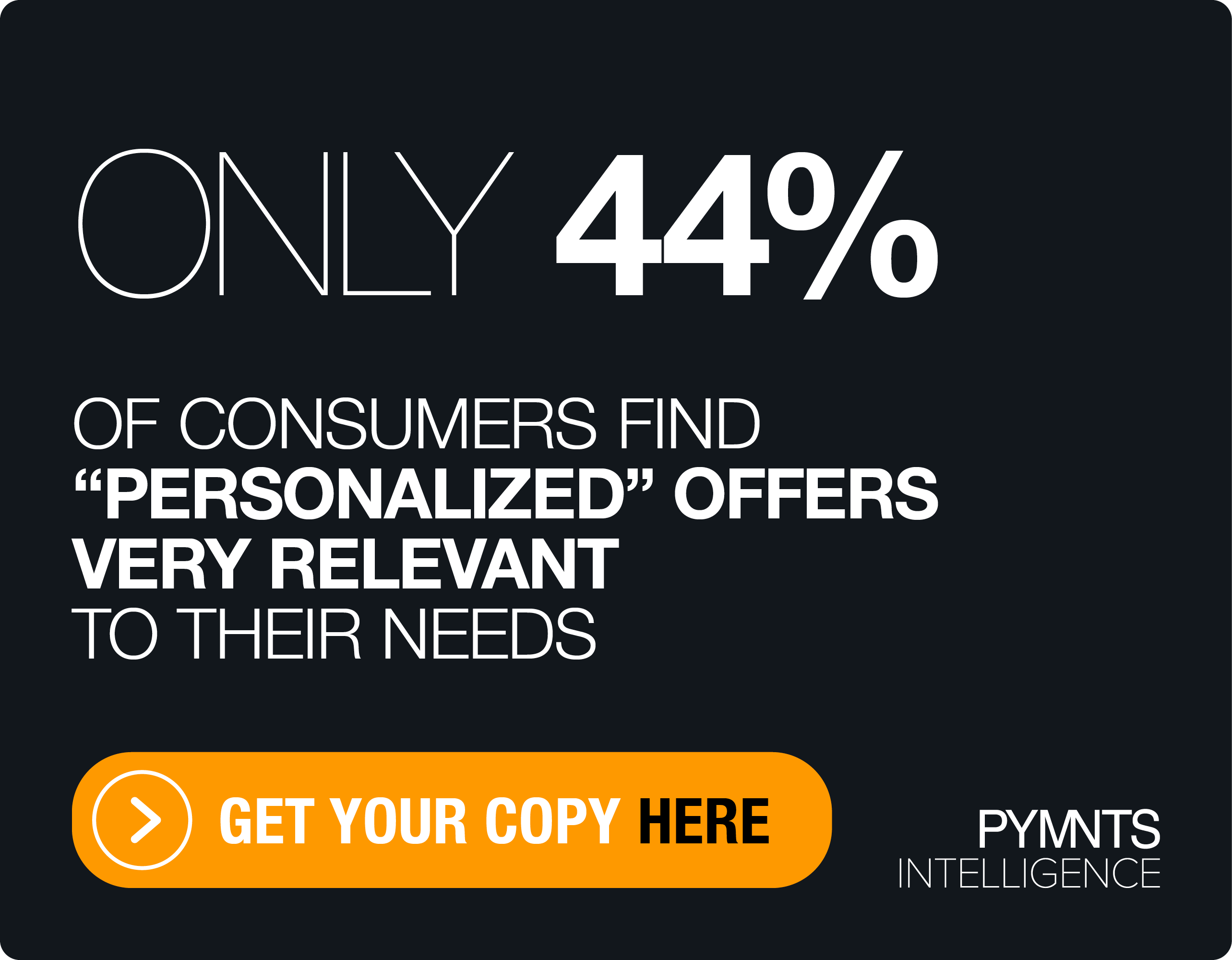AP Supports The Indie Ad Agency’s Modernization Drive

Amid a surge in mobile and online food ordering, this is a common experience: You drive to the restaurant, pick up your order, and return home only to find items missing or something else wrong.
It’s always best to double check that what you receive is what you pay for, and it’s a lesson that GaleForce Digital Technologies Chief Operating Officer Erin Labrato said is highly applicable to the media buying space, too.
Advertising and other media agencies must ensure that accounts payable (AP) is closely aligned with the planning and purchasing phase of media buying in order to ensure that the invoices that are paid accurately reflect the media that has run. Yet for smaller and independent agencies, resources are scarce, and when handling thousands of dollars and thousands of transactions, sometimes on a daily basis, this reconciliation process can be a headache, especially when done manually.
Speaking with PYMNTS, Labrato discussed the importance of this industry embracing AP automation technology, especially considering its long history of outdated technologies and tactics to manage finances.
Maximizing Resources
Making every dollar count is key for smaller agencies, especially at a time when Labrato said working capital can be tight. But the resource intensive process of ensuring that media paid for matches with media that ran is not easily achieved for independent operations.
It’s not the only factor that makes AP complex for the sector.
Labrato offered a complex, albeit typical, scenario for a small agency. Running a campaign for a client might entail running ads across five different media types, each using five different vendors. That means 25 different billables and payables that flow through the back office, and each vendor has different requirements regarding payment terms and methods.
“The workforce that these small- to mid-size agencies have is typically very small, and they need to automate and be able to move as swiftly as they possibly can with their technology,” she said. “One of the things that the large agency holding companies have is countless interns, countless assistants, countless technology that they can throw at a problem every day and make it really easy. Small- to mid-size agencies don’t have those luxuries.”
In an effort to connect its clients to AP automation technology that can address the specific challenges of the media buying space, GaleForce’s media purchasing platform MediaForce this month announced an integration of FastPay technology.
Labrato said the partnership not only aims to reduce the headache of manual AP processes, but also connect smaller and independent agencies to technology that has historically been reserved for the largest players in the market.
Keeping Pace With Innovation
The media and advertising industry is evolving at a dizzying pace, and this evolution has led to lines blurring and new definitions emerging as to what constitutes media and how advertisements reach consumers’ eyes and ears.
But the back offices of the agencies that facilitate this innovation have failed to keep pace, and according to Labrato, many players in the sector have settled for the status quo.
At a time of so much change and disruption across industries, it may be the right moment for the media buying industry to embrace its own digitization evolution. Embracing automation technology that can bridge the gap between AP systems and media buying platforms is a step forward for smaller agencies that can struggle to modernize, but there is plenty of work to be done.
“We have come so far in the industry,” said Labrato. “There’s always room for improvement. The advertising agency, as advanced as we are in terms of creative, and messaging, and the types of media that are out there: very advanced. In terms of the technology that we use to get there? Very behind, in my opinion.”
